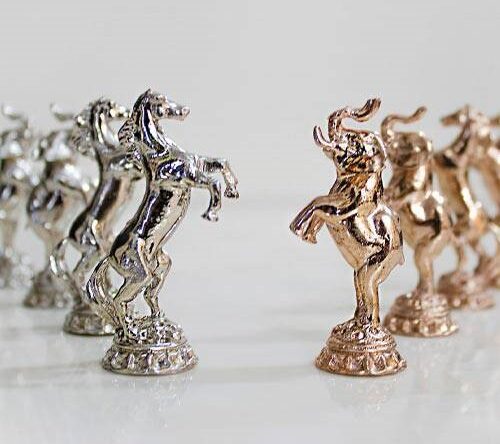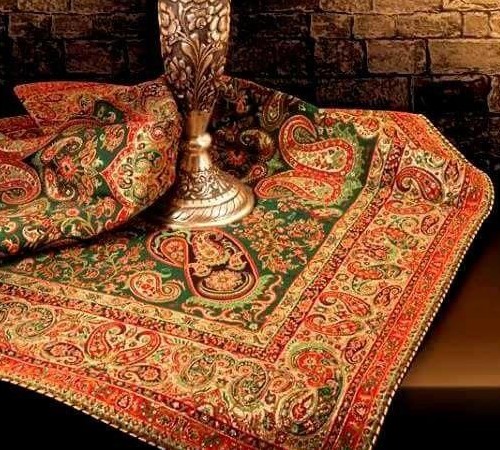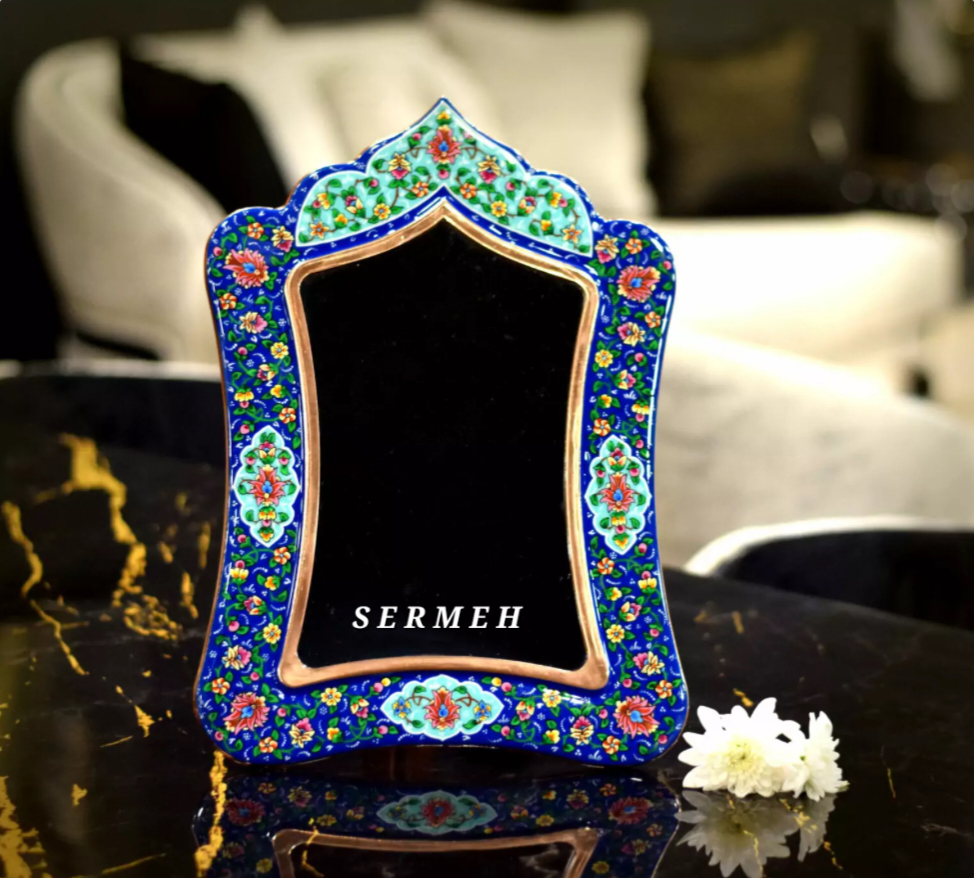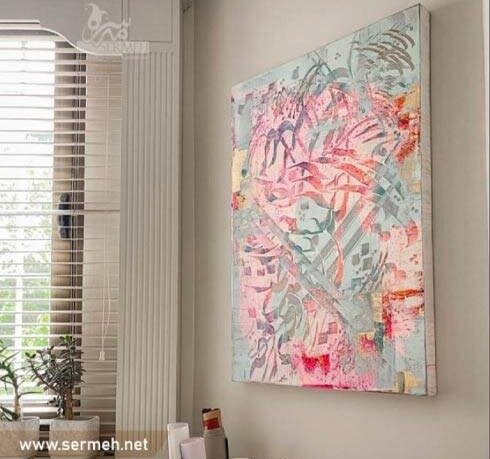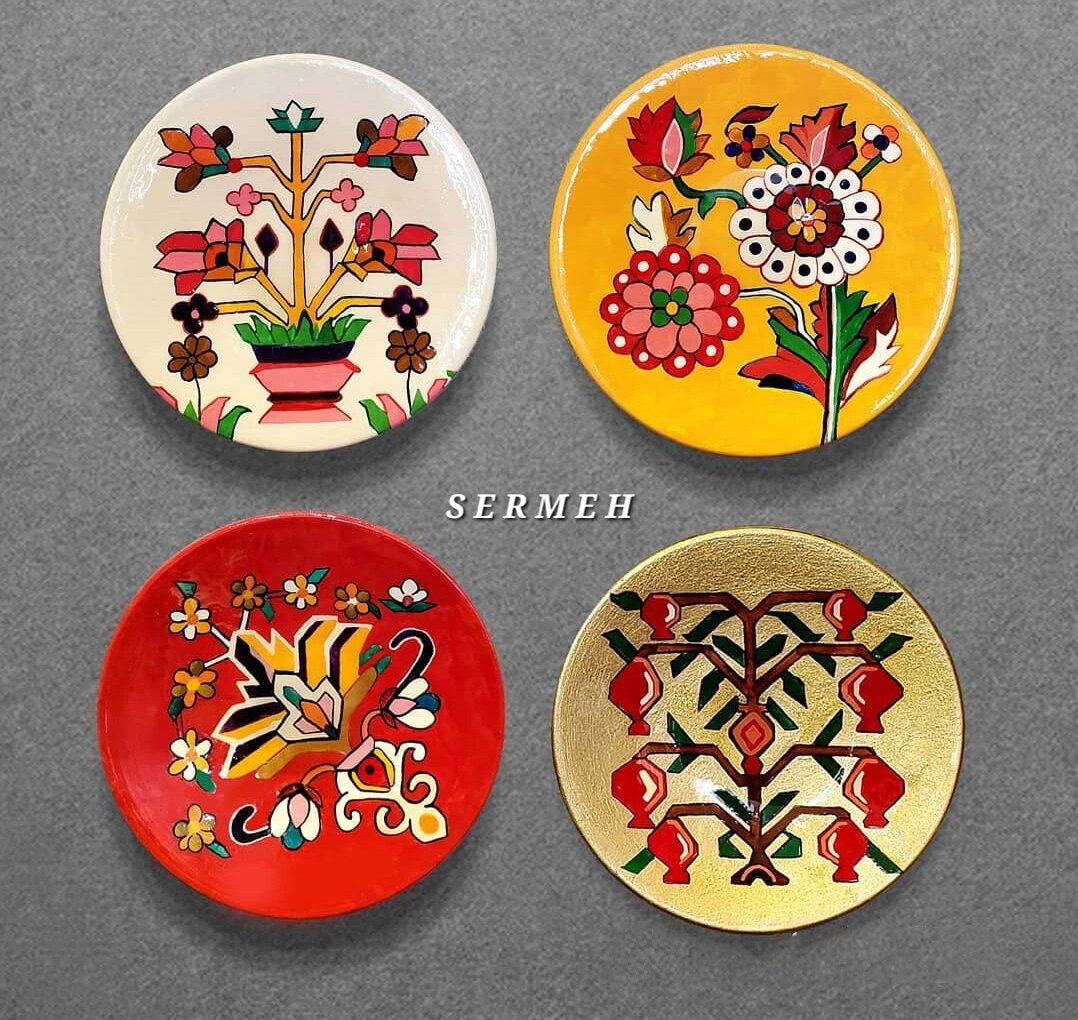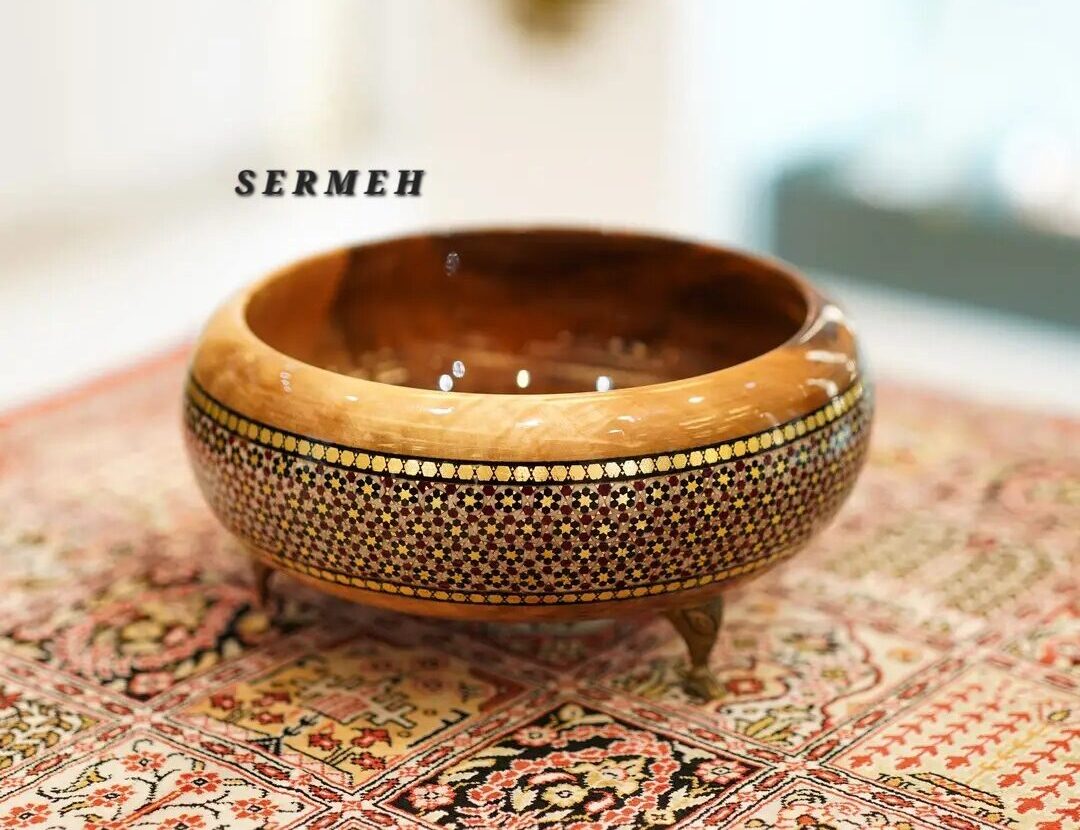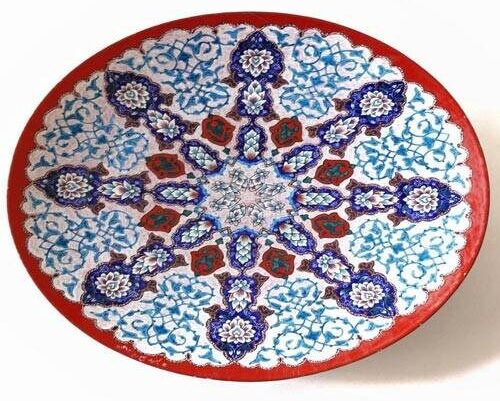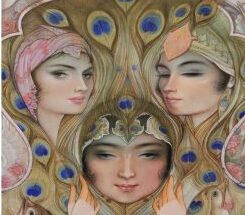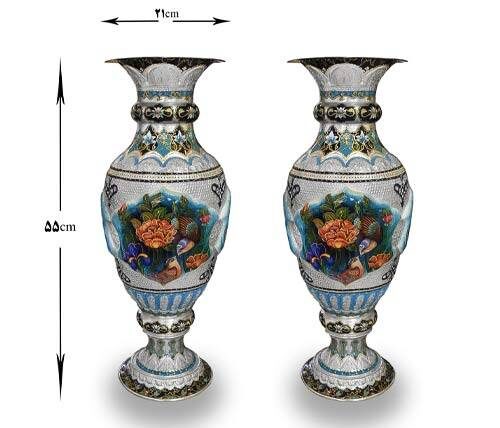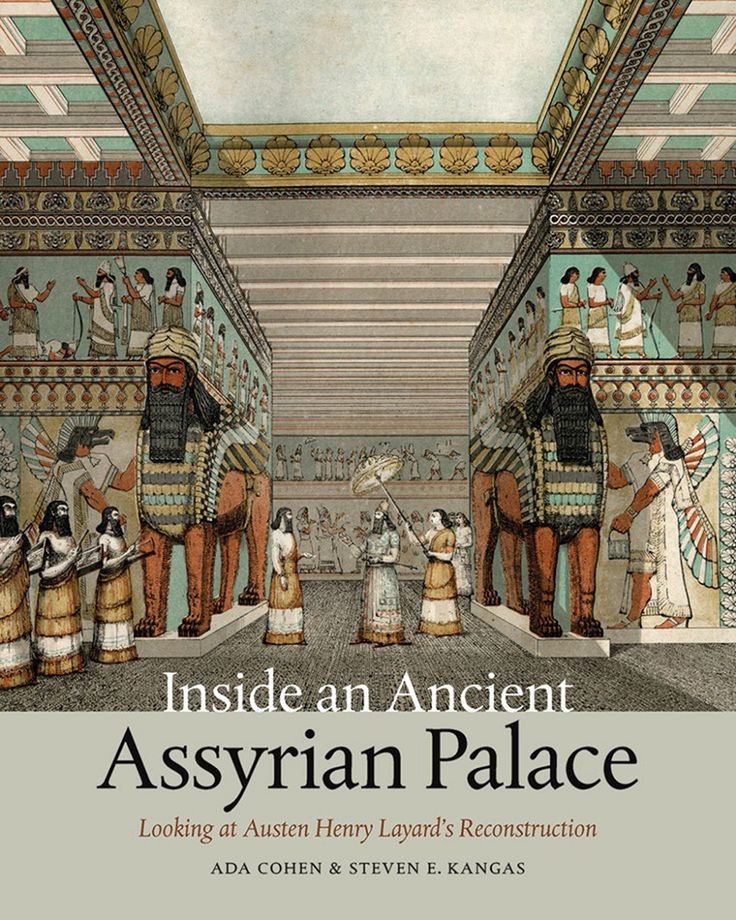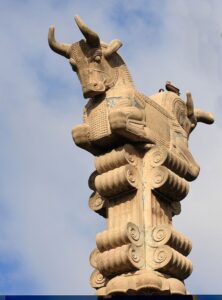Persepolis
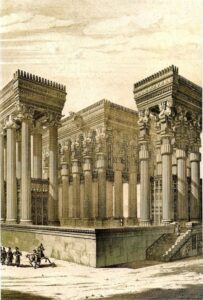
*Buy online Persian souvenirs*
Takht-e Jamshid
Iranians call it Takht-e Jamshid (The throne of Jamshid), Jamshid being the first, probably mythical, ruler of Iran. This magnificent court was the summer residence of the Achaemenid emperors. It must be by some strange accident of history that Persepolis was never mentioned in foreign records, for it was here that representatives of all the peoples of the empire gathered to pay homage and bring tribute to the King of Kings, probably each spring, at the time of the ancient Nowruz ceremony. Although set on fire and destroyed by Alexander in a gesture symbolizing the destruction of Persian imperial power, it is still impressive ruins that permit a fairly complete reconstruction of its original appearance.
The construction of Takht Jamshid, one of the oldest cities in Iran, was started about 25 centuries ago by Dariush Achaemenashi at the foothills of the Rahmat Mountains. Countless architects and artists participated in the construction of Persepolis, and these huge buildings were built by both male and female workers. But what adds to the value of Persepolis in history is the way the Achaemenid kings treated the workers, who in ancient Iran were paid appropriate salaries and benefits for their labor of the workers. According to the information in the inscriptions, the construction of Persepolis took about 120 years.
Where does the name of Persepolis come from?
The original name of this ancient city was “Parse” because, during the Achaemenid dynasty, the Persian people were present in this area. After that, the Greeks used other names such as “Persepolis” or “Persepolis” for this city, which meant “Parseshahr”. During the Sassanid era, the name “Sed Seton” or “Sed Seton” was used for Persepolis.
In different eras, this building was known by other very different names, such as “Forty Minars” or “Takht Hazrat Suleiman”.
Hundreds of years later and when the Achaemenid dynasty was forgotten, people were unable to read the cuneiform lines on the inscriptions and thought that this building was the same “Aurang Jamshid” mentioned in the Shahnameh, and therefore, they sang “Takht Jamshid”.
One of the most obvious features of Persepolis is its approximately 125,000 square meters and the inscriptions, paintings, and ancient works that can be found in a few places. The stone inscriptions found in Persepolis provide us with valuable information about the rich and fruitful history of Iran. In addition, the extraordinary architecture of this complex has shown the high ability and art of Iranian architects.
Darius the Great had only one goal in building this complex: to build a different capital in his empire that had no equal, and fortunately, he was completely successful in doing this. Of course, the evidence shows that Darius, like the Egyptian kings who built the three pyramids, did not use people and engineers simply as slaves to build this complex.
The historic Persepolis
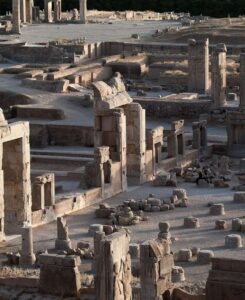
as well as its final demise. The ruins you see today are a mere shadow of its former glory. The striking point about its architecture is not only about how grand or detailed it is but how delicately it was influenced by the construction art of nations from around the globe. The ensemble of its majestic approaches, monumental stairways, throne rooms, reception rooms, and annex buildings is categorized among the world’s greatest archaeological sites, among those that have no equivalent and which bear witness to unique quality and to a most ancient civilization.





